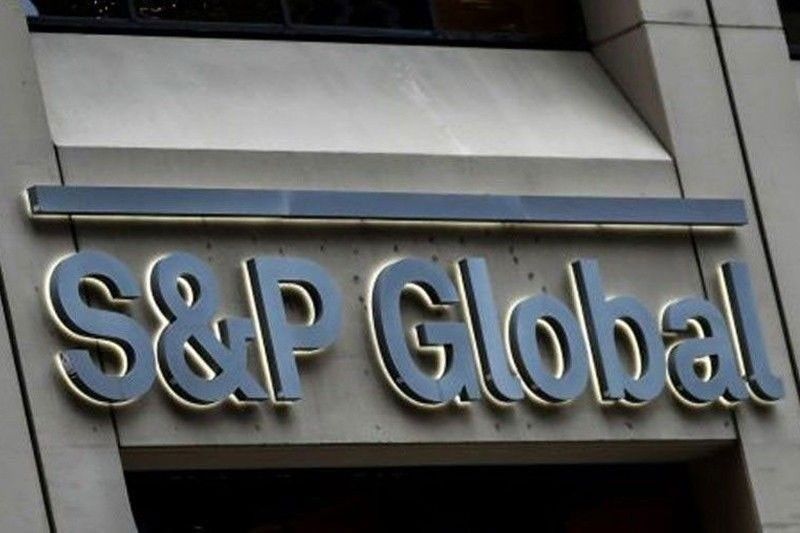S&P: New virus variants to weigh on credit rating

MANILA, Philippines — The COVID-19 pandemic could weigh on credit ratings as the slow rollout of vaccines and the fast-spreading Delta variant delay recoveries in some parts of Asia-Pacific, S&P Global Ratings said.
Although the rollout of effective vaccines has reduced pandemic-related uncertainties, the debt watcher said the relatively slow vaccine jabs may drag recoveries in some parts of the region.
“The continuing spread of the pandemic in many regions could also make existing vaccines less effective. The fast-spreading Delta variant of the disease appears to be more resistant to vaccines that are currently in use. We cannot rule out the appearance of newer variants that are even less affected by current vaccines,” S&P said.
S&P said most Asia-Pacific countries are likely to receive enough vaccines for high inoculation rates only well into 2022, at the earliest.
Meanwhile, it said governments may have to maintain social distancing measures to keep infection rates at tolerable levels, limiting the extent of economic and fiscal repair in the next year or so.
“But with visibility of when the pandemic could be brought under control, we can better grasp the downside scenarios for rating metrics,” it said.
About 15 of the 21 Asia-Pacific countries, including the Philippines, carry stable outlooks on their long-term credit ratings as of the middle of June, while four have negative outlooks. Only Taiwan and Vietnam have positive outlooks.
“We expect much of the Asia- Pacific to return to relatively strong economic performance once the region has COVID-19 under control. Many parts of the region have been significantly affected by the pandemic and have seen sharp economic contractions in 2020. However, we believe the episode has not seriously damaged their economic potential,” S&P said.
It warned that several Asia-Pacific countries could see recurring rebounds of new COVID-19 cases. While the economic impacts would likely be less negative than in 2020, disruptions on businesses and employment would still be significant.
For the entire Asia-Pacific, S&P slashed the GDP growth forecast to 7.1 percent instead of 7.3 percent this year, but hiked next year’s forecast to 5.2 percent from the earlier 4.9 percent.
- Latest
- Trending






























